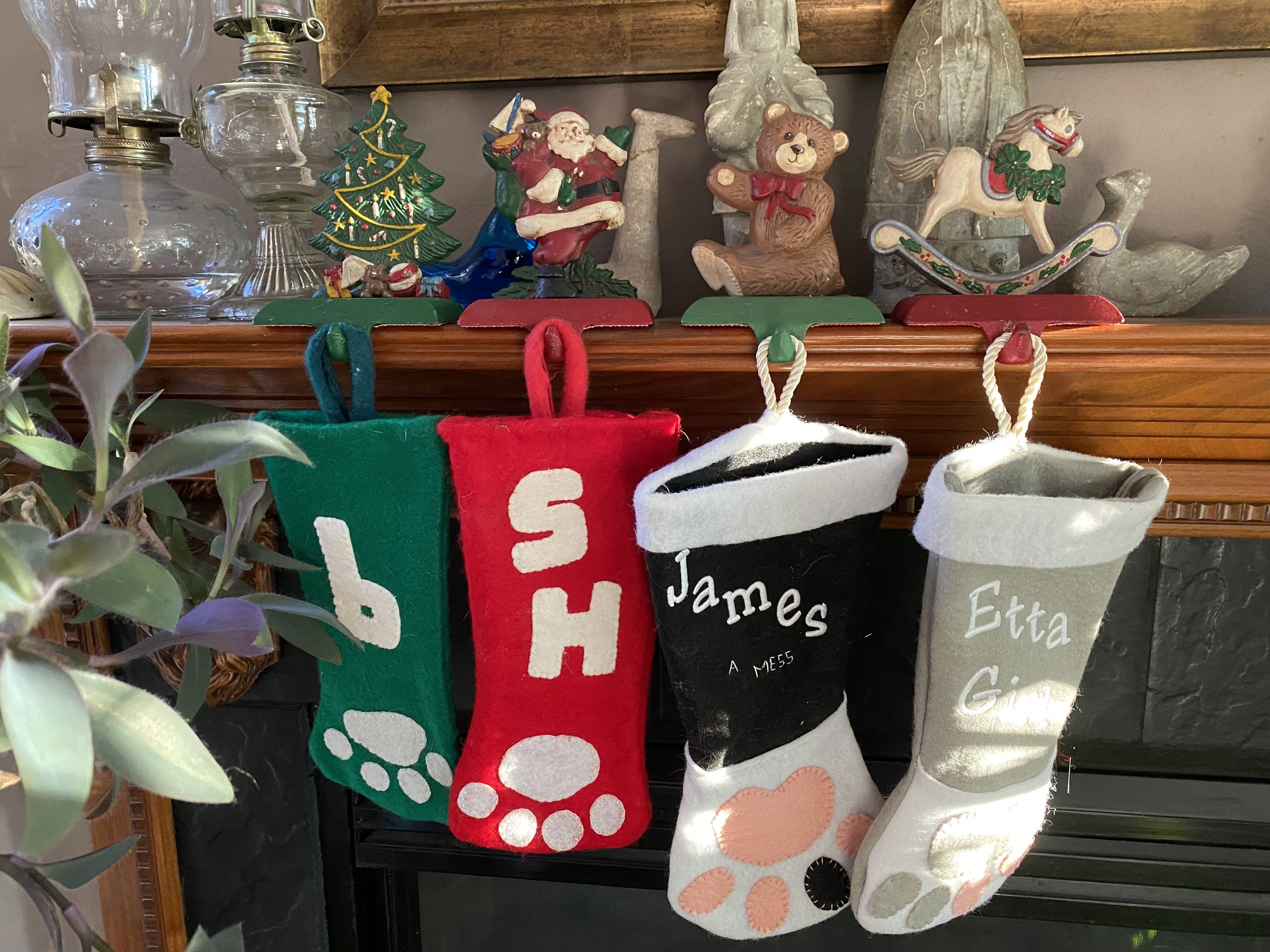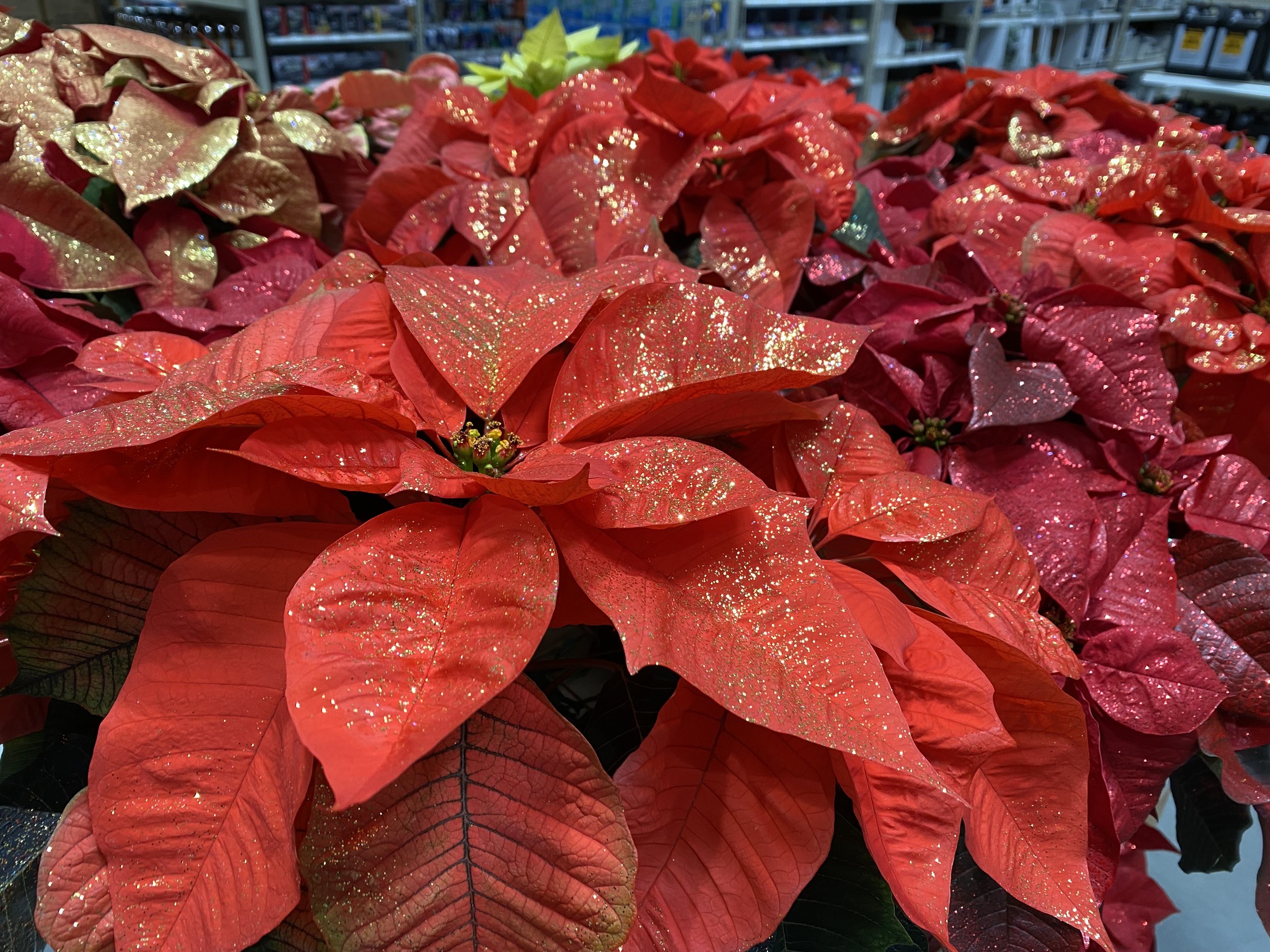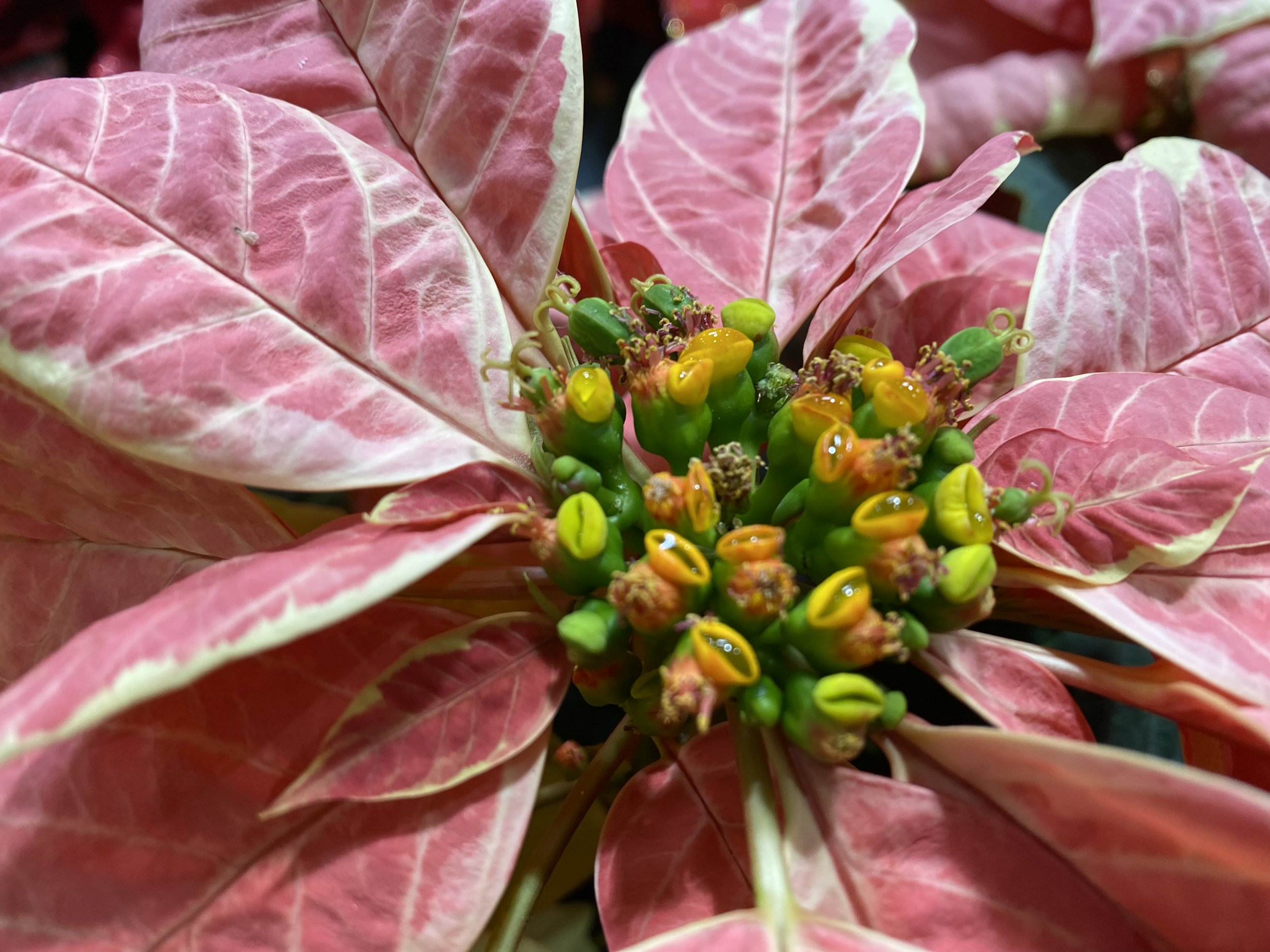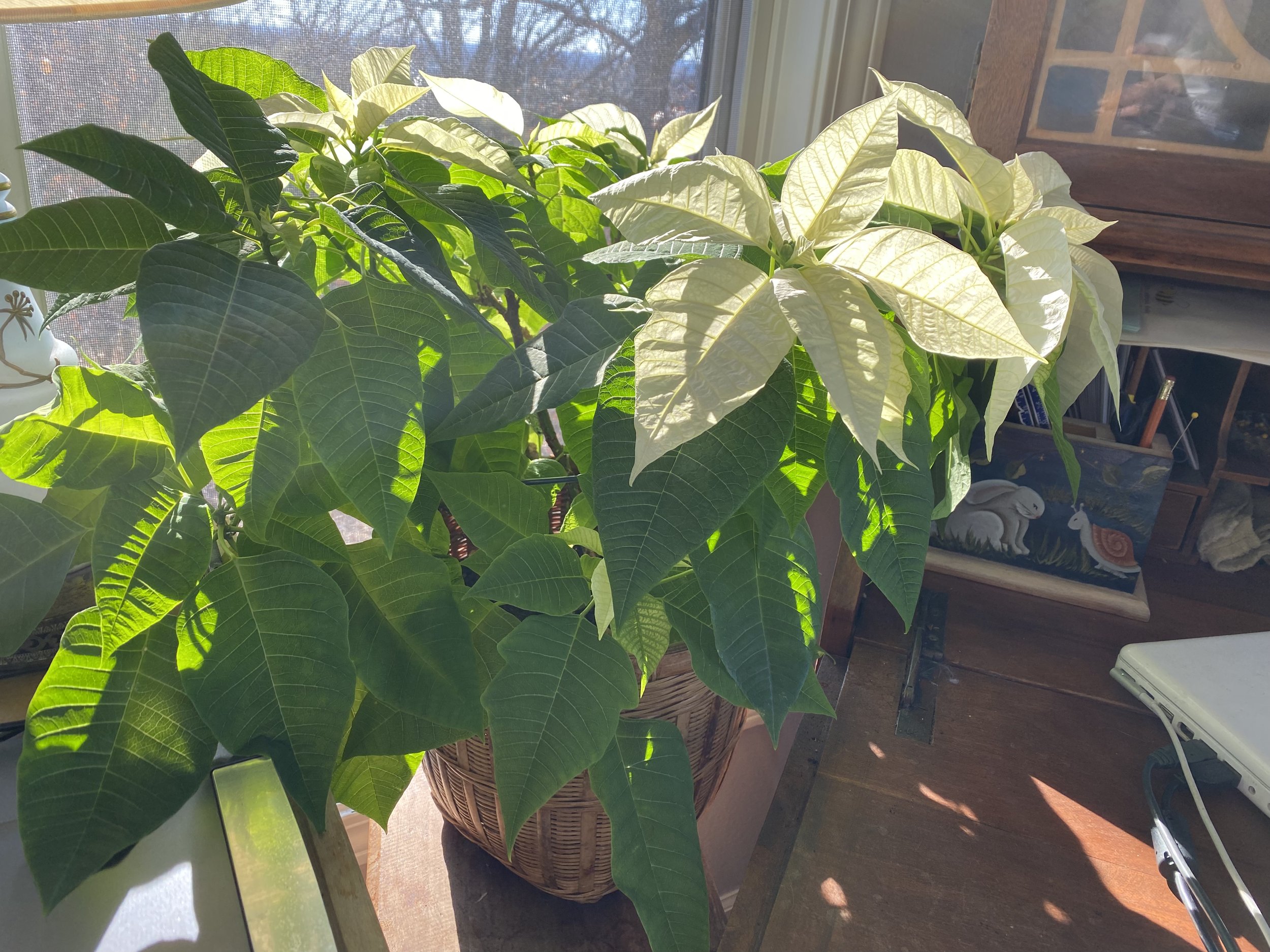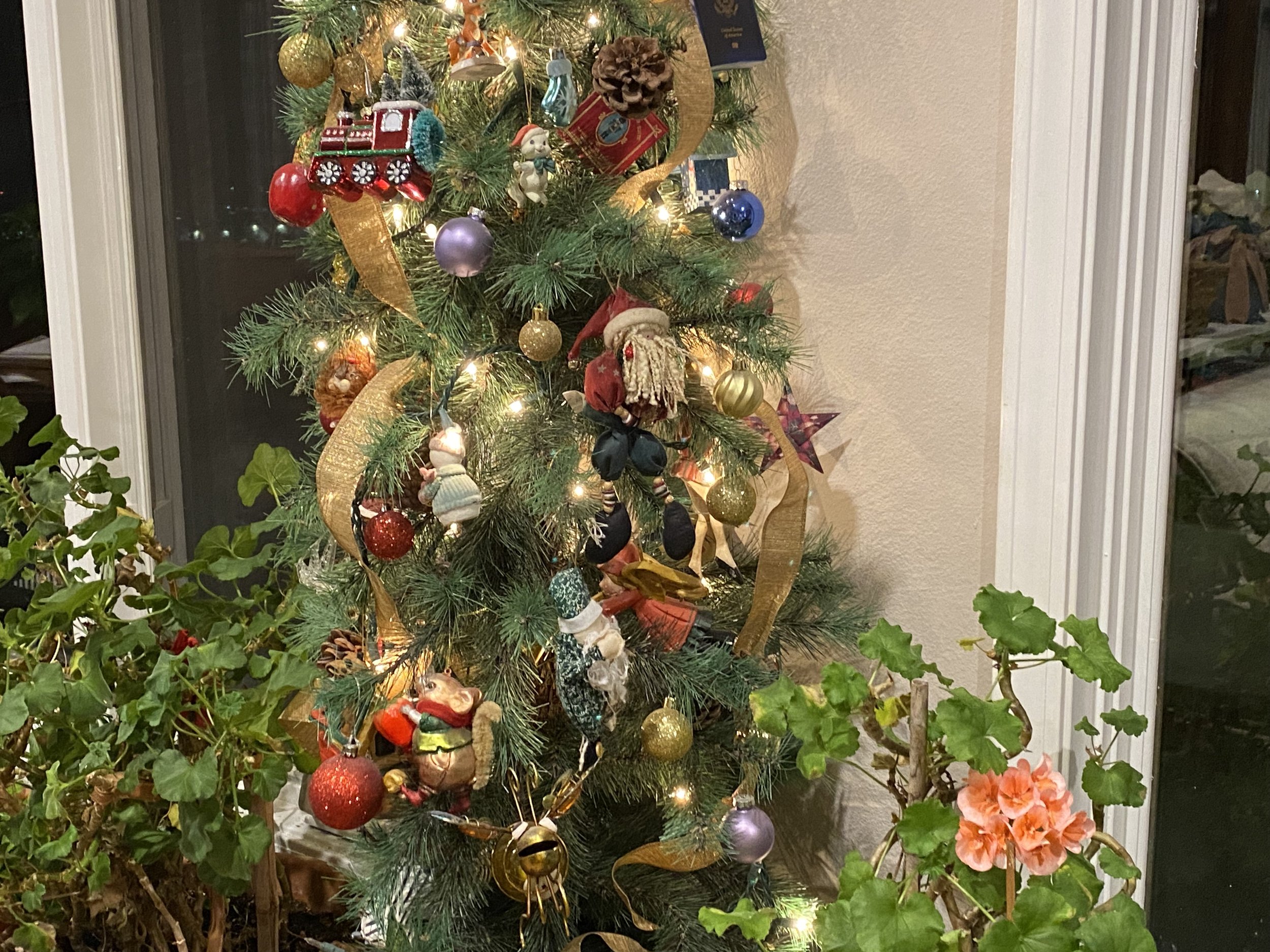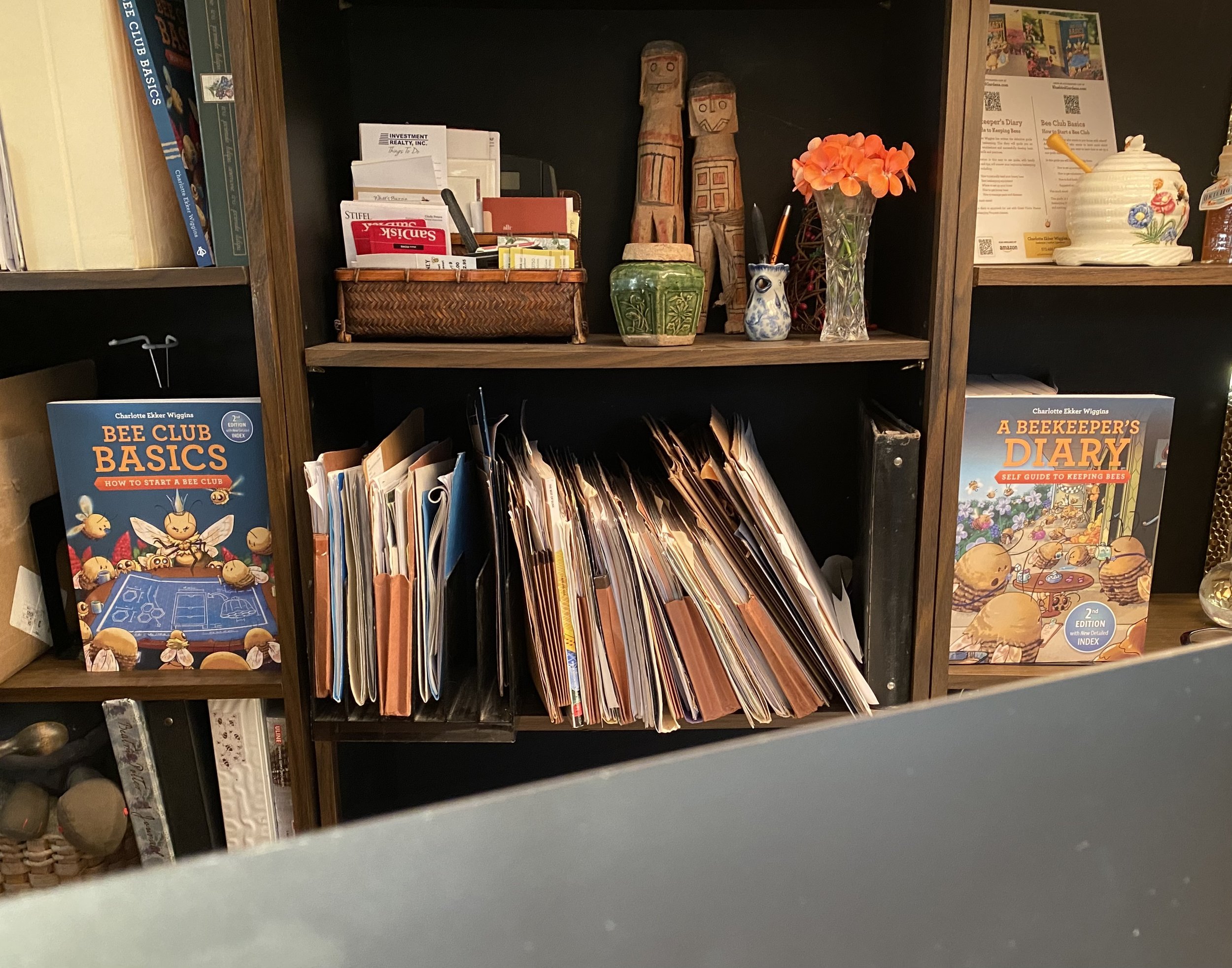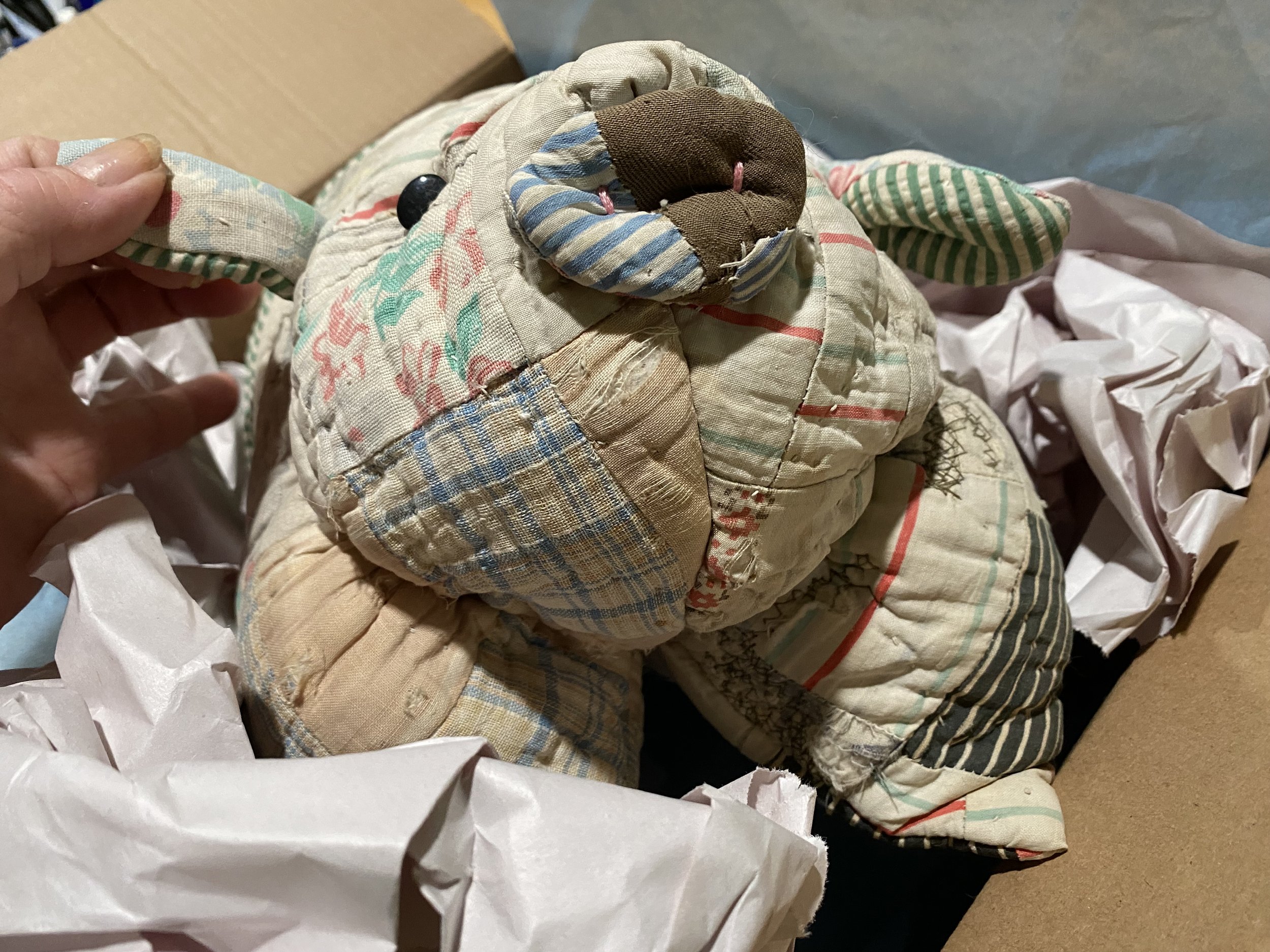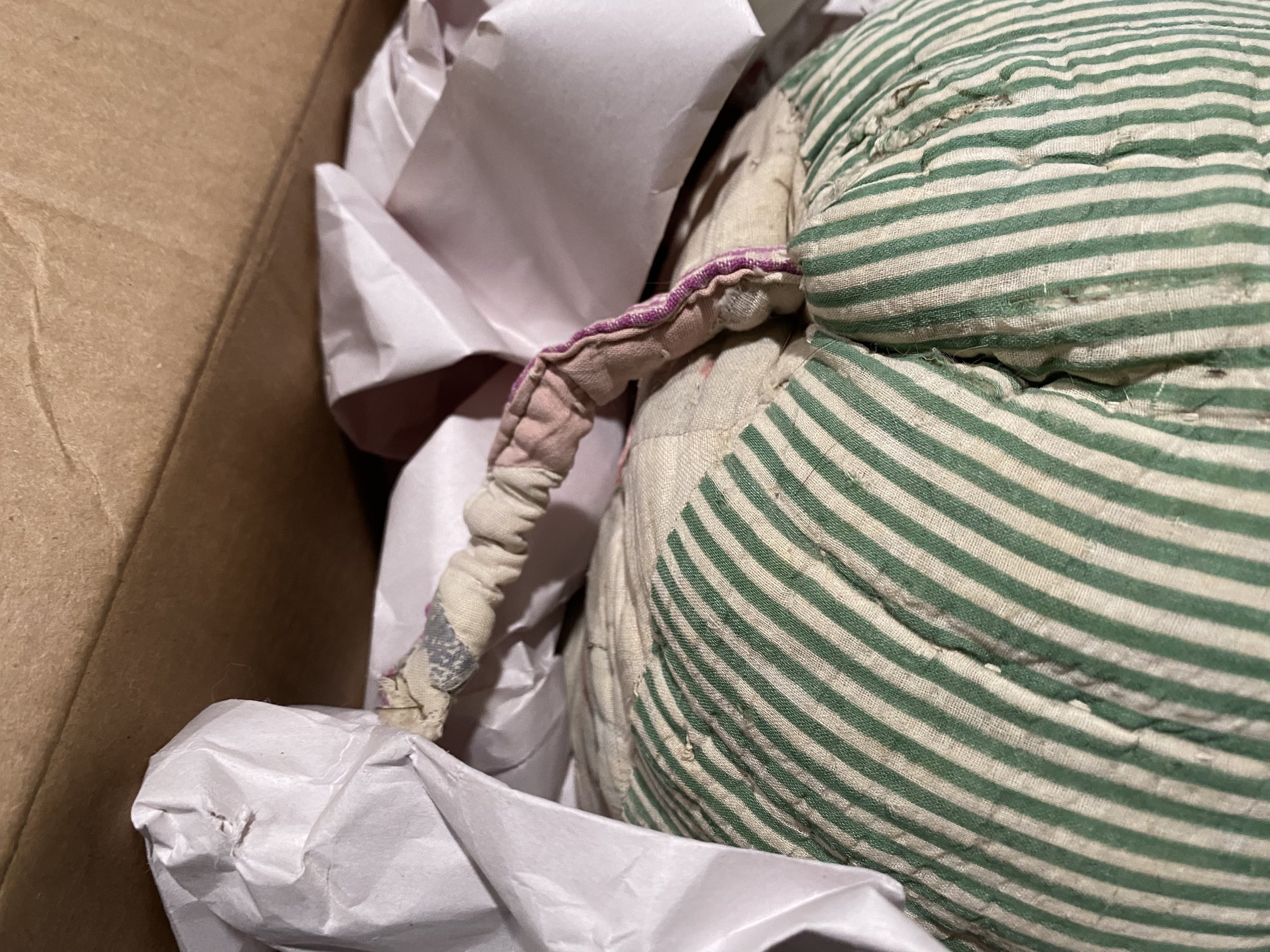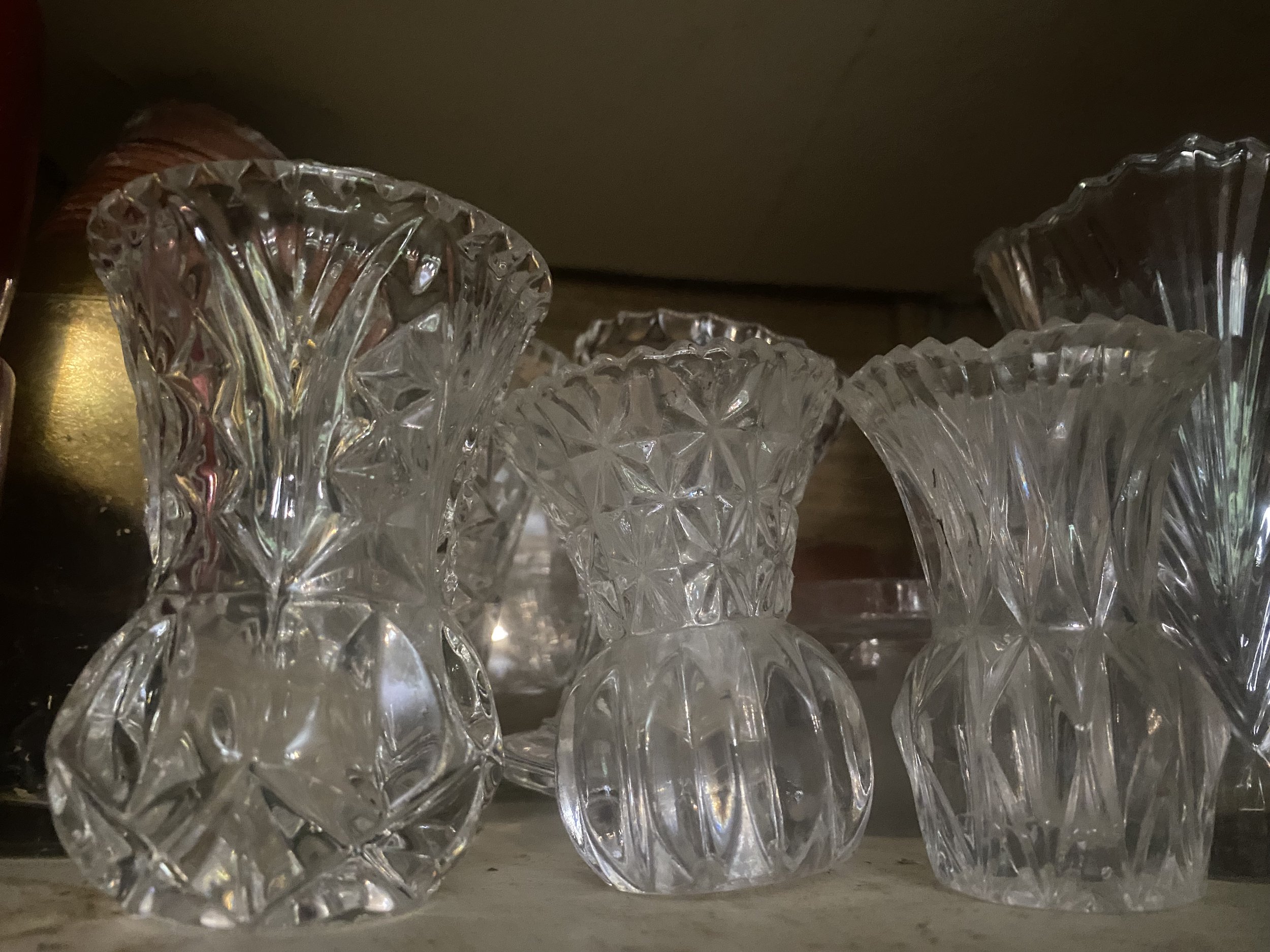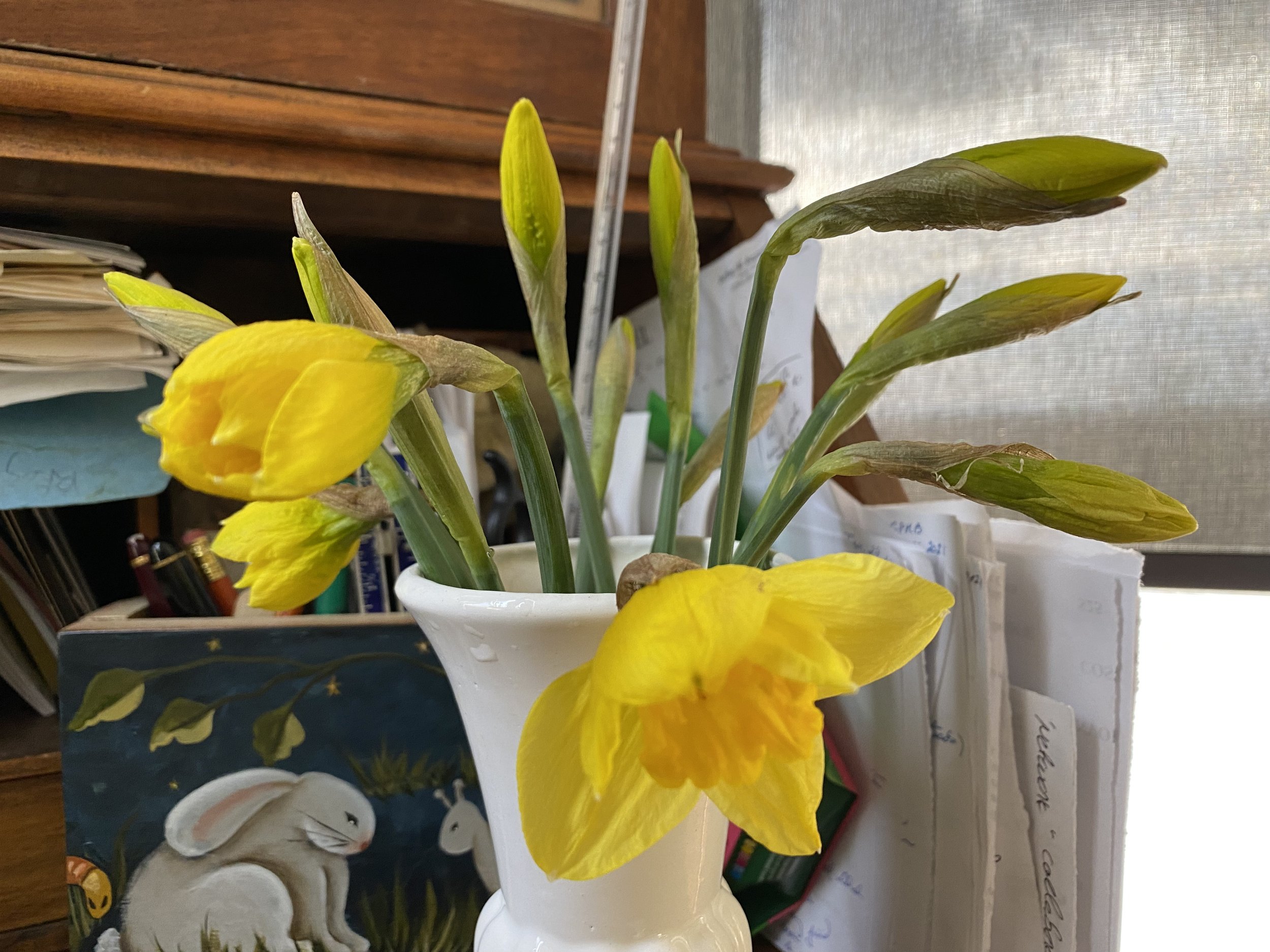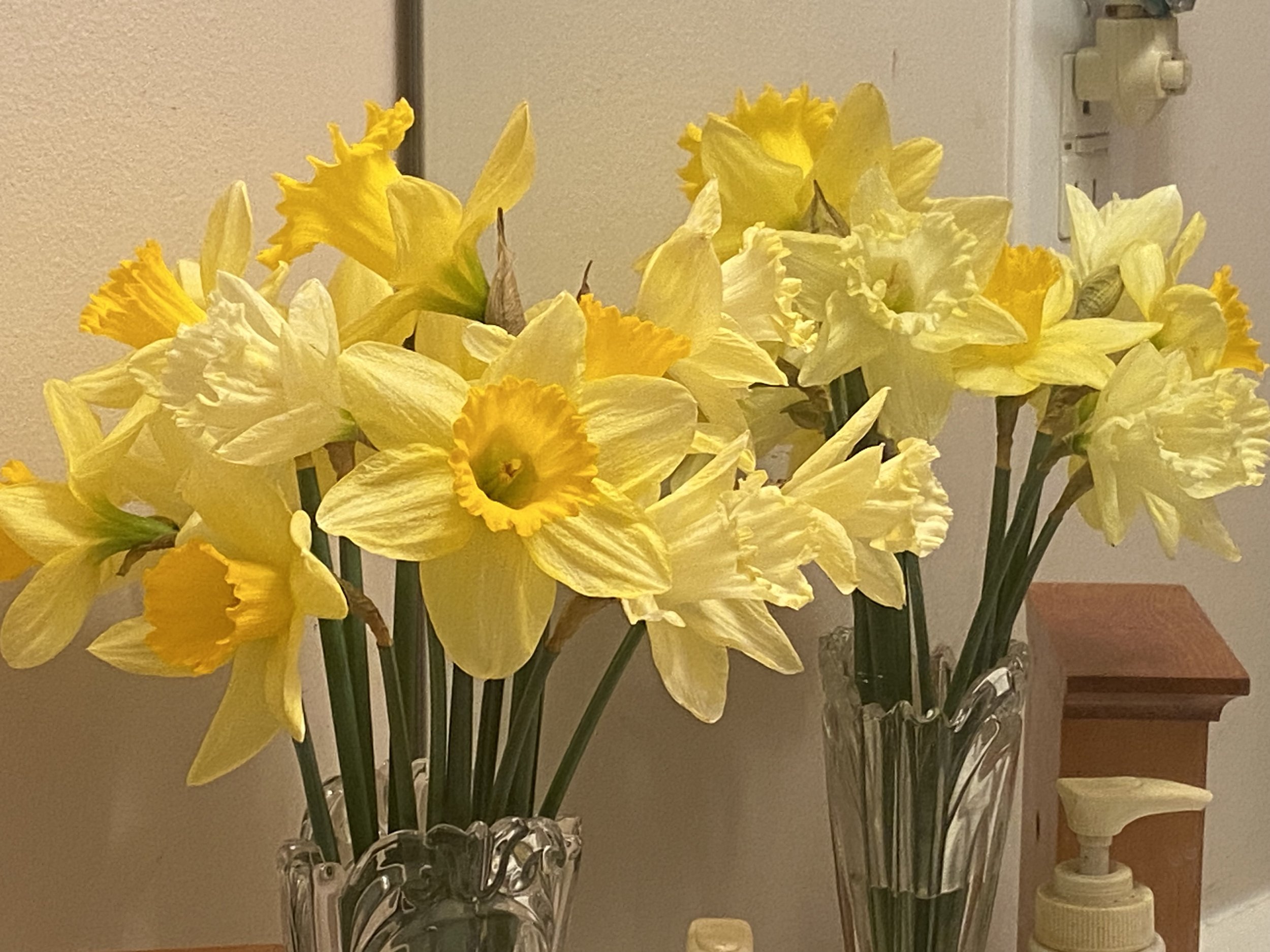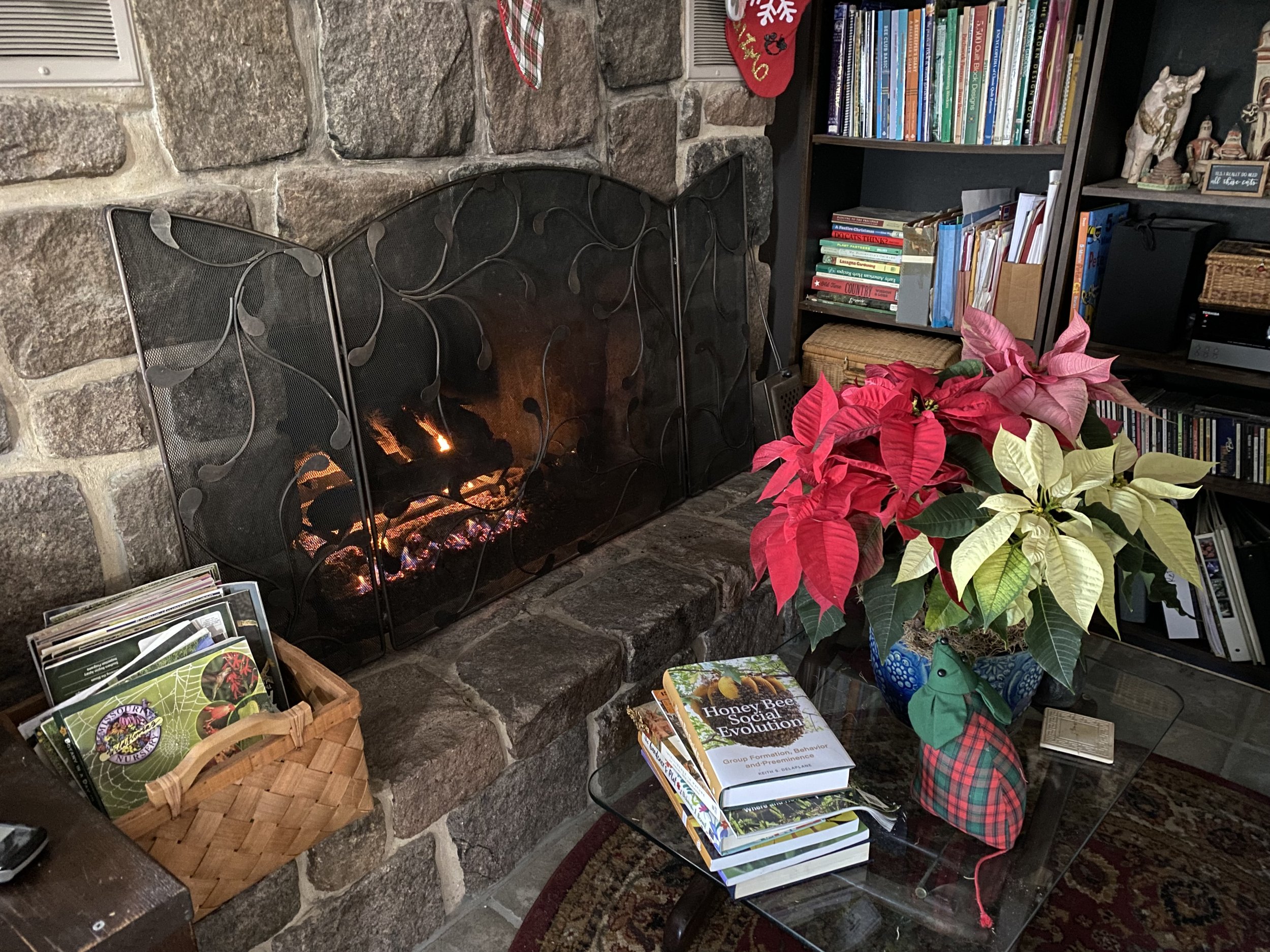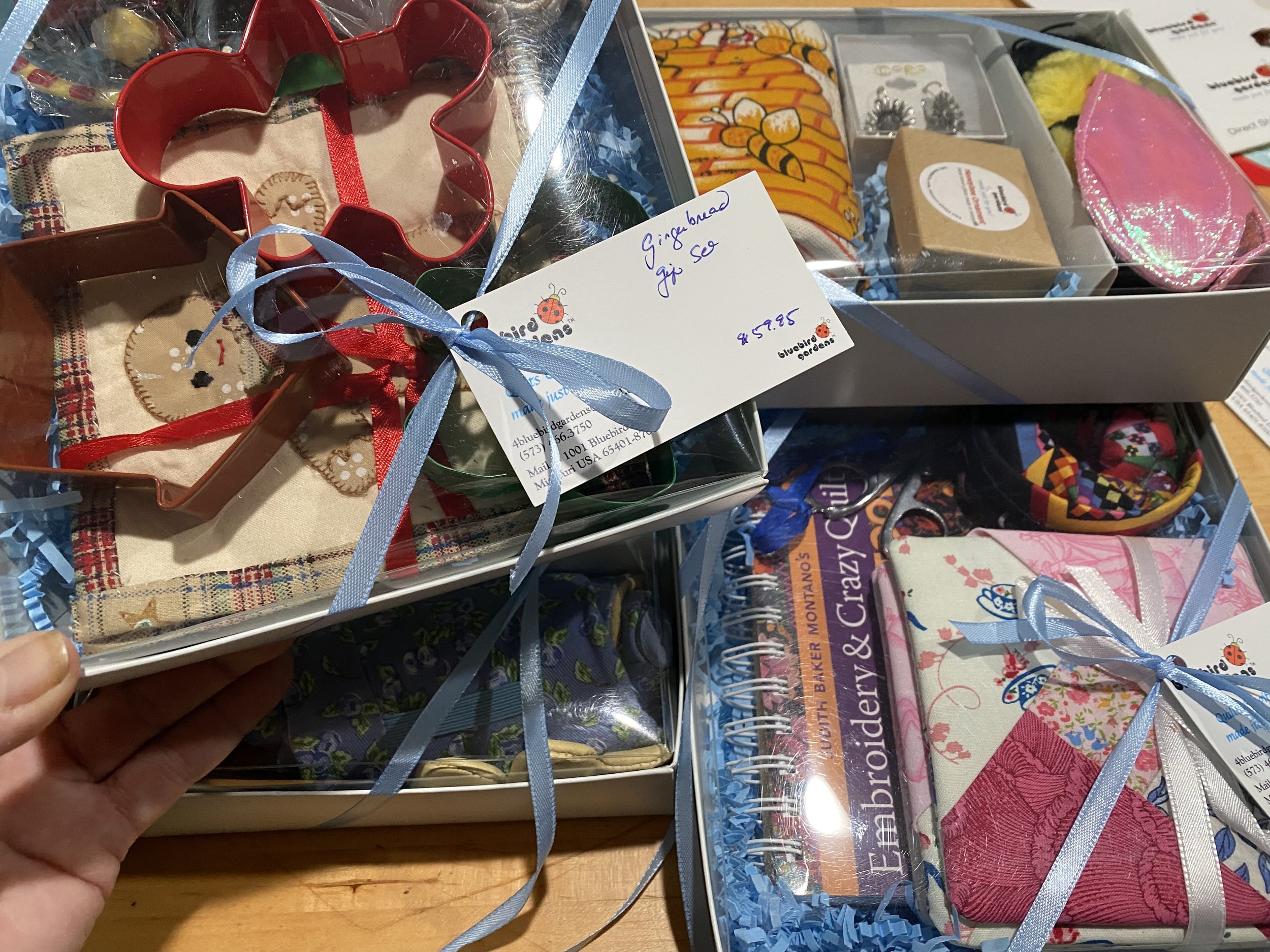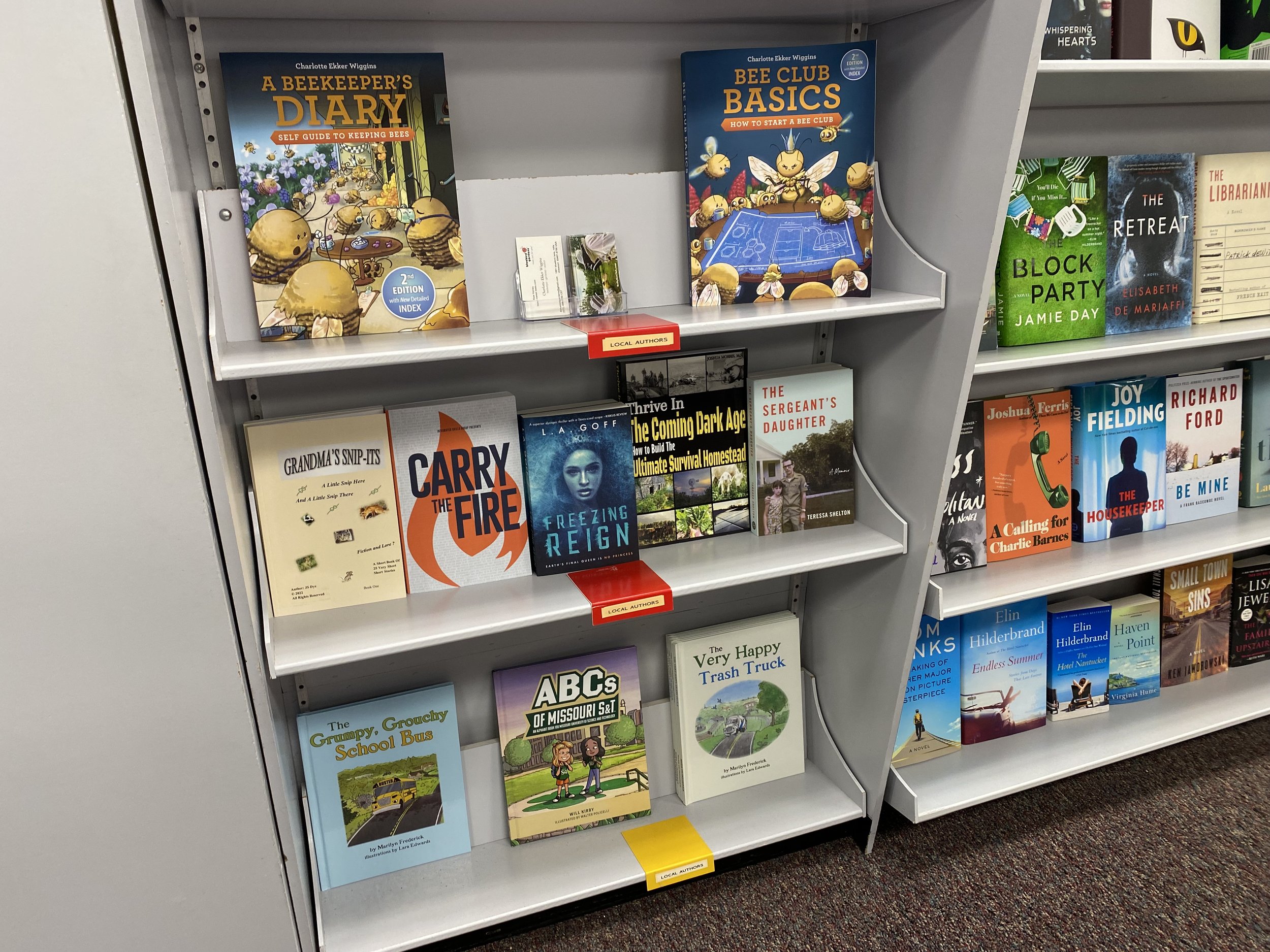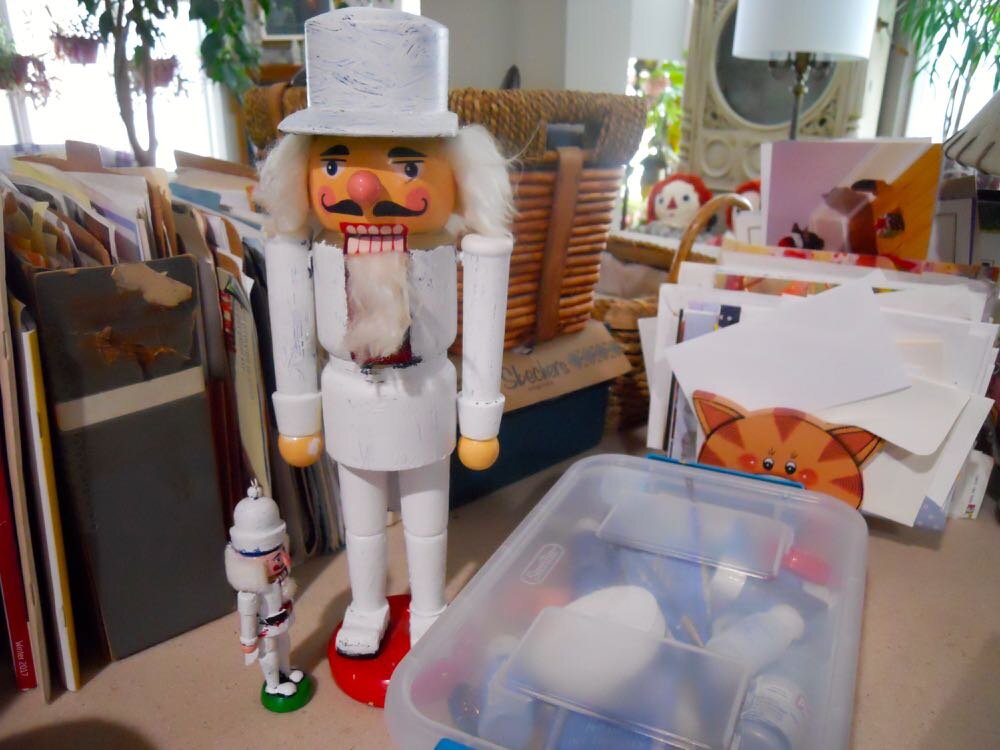Floral Arrangement Tips
/enjoying the last spring flowers including daffodils. One white peony is for a promise of the next flower flush. (charlotte ekker wiggins photo)
Floral Arrangement Tips
As our gardens transition from spring to summer flowers, we’ll have even more opportunities to share fresh flowers inside. Science confirms having fresh flowers around improves our quality of life and makes us happy. Here are 10 flower arranging tips to get the most out of your cut flowers:
🌸 1. Harvest in the Morning or Evening
Cut flowers during the coolest parts of the day—early morning or evening—when their stems are fully hydrated. Midday cuts can lead to quicker wilting.
✂️ 2. Use Clean, Sharp Tools
Always use clean, sharp scissors or pruners to avoid crushing stems, which can shorten vase life. Sanitize between cuts to prevent spreading bacteria. Isopropyl alcohol is a good sanitizing option.
💧 3. Condition Your Flowers
After cutting, place stems in lukewarm water for a few hours in a cool, dark spot before arranging. This helps them hydrate fully and last longer in the vase.
🧪 4. Change Water & Add Flower Food
Change the vase water every 2 days, and use floral preservative or a DIY mix (1 tsp sugar, 1 tsp vinegar, a few drops of bleach per quart). This keeps bacteria down and feeds the flowers.
🌿 5. Strip Lower Leaves
Remove all foliage that will sit below the waterline in your vase—this prevents bacterial growth and keeps your arrangement clean and fresh.
🏺 6. Start With a Base of Greens
Use foliage (e.g., hosta, ferns, herbs) to build structure and texture. This not only fills space but provides support for focal flowers.
🌼 7. Use the Rule of Thirds
Let your flowers extend roughly 1.5 to 2 times the height of the vase for visual balance. Think of the arrangement as two-thirds flowers, one-third vase.
🌈 8. Vary Texture and Color
Mix bold blooms with airy, delicate ones (like cosmos or yarrow), and play with color contrast. Use a color palette of 2–3 main tones to keep it cohesive. If you’re wanting an elegant vibe, bunch same colored flowers.
🎯 9. Focus on One Star Flower
Choose a few standout blooms (like a peony, sunflower, or dahlia) and build around them. Don’t crowd—let them shine!
🌀 10. Create Movement and Flow
Add airy elements like grasses or tendrils (clematis, love-in-a-mist, etc.) to give your design motion and looseness. Avoid stiff, over-symmetrical designs—nature is fluid. If you live with cats, skip the airy elements or cats will thank you for their new toys.
For more gardening, beekeeping, cooking and easy home decor tips, subscribe to Garden Notes my free weekly newsletter.











